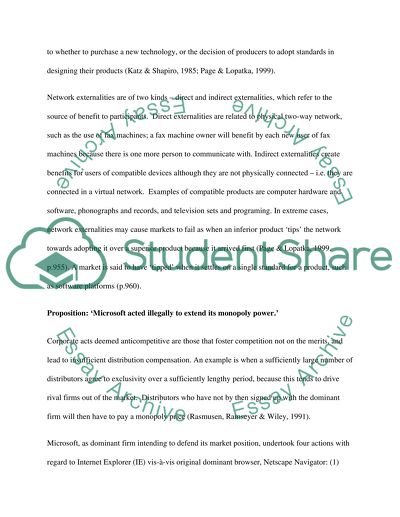Cite this document
(“Using the Concept of Network Externalities in Detecting Monopolistic Essay”, n.d.)
Retrieved from https://studentshare.org/macro-microeconomics/1462417-using-the-concept-of-network-externalities-in-detecting-monopolistic-practices-as-in-the-case-of-microsoft-company
Retrieved from https://studentshare.org/macro-microeconomics/1462417-using-the-concept-of-network-externalities-in-detecting-monopolistic-practices-as-in-the-case-of-microsoft-company
(Using the Concept of Network Externalities in Detecting Monopolistic Essay)
https://studentshare.org/macro-microeconomics/1462417-using-the-concept-of-network-externalities-in-detecting-monopolistic-practices-as-in-the-case-of-microsoft-company.
https://studentshare.org/macro-microeconomics/1462417-using-the-concept-of-network-externalities-in-detecting-monopolistic-practices-as-in-the-case-of-microsoft-company.
“Using the Concept of Network Externalities in Detecting Monopolistic Essay”, n.d. https://studentshare.org/macro-microeconomics/1462417-using-the-concept-of-network-externalities-in-detecting-monopolistic-practices-as-in-the-case-of-microsoft-company.


